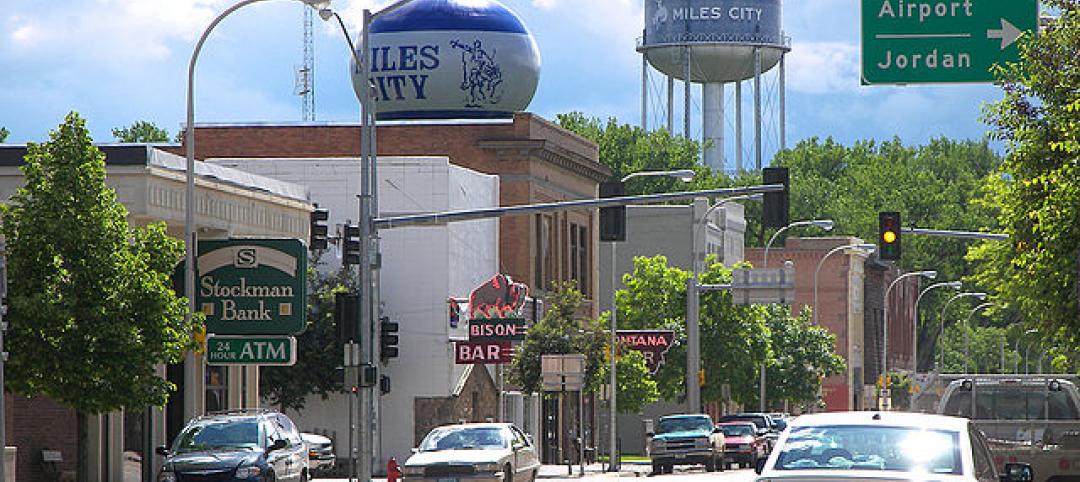The nonprofit Federal Alliance for Safe Homes (FLASH) released a paper, Disaster Resilience Rising Means the Time is Right, offering recommendations to strengthen the U.S. building code system.
FLASH says communities are missing out on pre-disaster opportunities to strengthen disaster resilience—updating, adopting, and enforcing strong building codes. “An uncompromising system of strong, continuously updated building codes with consistent enforcement is essential to our country’s pursuit of disaster resilience,” said FLASH President and CEO Leslie Chapman-Henderson. “However, some states are not keeping pace, or worse, they are losing ground. We must use codes to innovate the way we build, and win against the mounting human and financial cost of disasters.”
FLASH proposes the following six innovations to the current U.S. building code system:
- Establish a standing code and standard development process to accelerate post-catastrophe, forensic engineering insights into model codes and standards.
- Optimize property protection opportunities in model code and standard development by balancing all of the existing values, including public health, safety, and welfare.
- Evaluate, integrate, and leverage public and private sector beyond-code standards and programs into the International Code Council system to ensure continuity, increase awareness, and support disaster resilience innovation.
- Enhance code development by broadening the representation of interest groups on the International Residential Code technical committees.
- Support code adoption and enforcement mechanisms through an enhanced, well-resourced system of information provision to state and local officials as well as the public regarding benefits and mechanics of building codes and disaster-resilient construction.
- Increase engagement by all stakeholders in the building code system through robust participation in each phase, including model code development, state and local adoption, and enforcement.
Related Stories
Smart Buildings | May 21, 2015
Resiliency and climate change: Dual perspectives from designers at HDR
Two geographies, two perspectives, one conclusion: from Minnesota to Miami, resiliency matters, write HDR's Bob Beduhn and Lynette Cardoch.
Smart Buildings | May 1, 2015
FEMA to require states to evaluate risks posed by climate change
The aim is for states to do a better job planning for natural disasters they are likely to face in a warming world.
Smart Buildings | Jan 7, 2015
NIBS report: Small commercial buildings offer huge energy efficiency retrofit opportunities
The report identifies several barriers to investment in such retrofits, such as the costs and complexity associated with relatively small loan sizes, and issues many small-building owners have in understanding and trusting predicted retrofit outcomes.
Smart Buildings | Jan 7, 2015
Best practices for urban infill development: Embrace the region's character, master the pedestrian experience
If an urban building isn’t grounded in the local region’s character, it will end up feeling generic and out-of-place. To do urban infill the right way, it’s essential to slow down and pay proper attention to the context of an urban environment, writes GS&P's Joe Bucher.
BIM and Information Technology | Dec 28, 2014
The Big Data revolution: How data-driven design is transforming project planning
There are literally hundreds of applications for deep analytics in planning and design projects, not to mention the many benefits for construction teams, building owners, and facility managers. We profile some early successful applications.
Smart Buildings | Dec 3, 2014
Arup research explores urban infrastructure design in 2050
The report projects a future where highways will be made from self-healing, glow-in-the-dark materials and will be governed by sophisticated technologies that communicate with cars, road infrastructure, and GPS systems.
Smart Buildings | Oct 30, 2014
Energy Department pledges $9 million for energy efficiency improvements on commercial buildings
The U.S. Dept. of Energy will spend $9 million to encourage investments in energy-saving technologies that can be tested and deployed in offices, shops, restaurants, hospitals, hotels and other types of commercial buildings.
Smart Buildings | Oct 29, 2014
SCAPE’s 'living breakwaters' resiliency development wins 2014 Buckminster Fuller Challenge
New York-based landscape architecture firm SCAPE won the Buckminster Fuller Institute’s 2014 Fuller Challenge, billed as socially responsible design’s highest award.
Smart Buildings | Jun 8, 2014
Big Data: How one city took control of its facility assets with data
Over the past few years, Buffalo has developed a cutting-edge facility management program to ensure it's utilizing its facilities and operations as efficiently, effectively, and sustainably as possible.
Smart Buildings | May 19, 2014
New York should forget about surge barriers for most cost-effective resiliency plan, say researchers
Massive storm surge barriers would be too costly for the potential benefit to protect New York City from violent storms like Hurricane Sandy, researchers say.
















